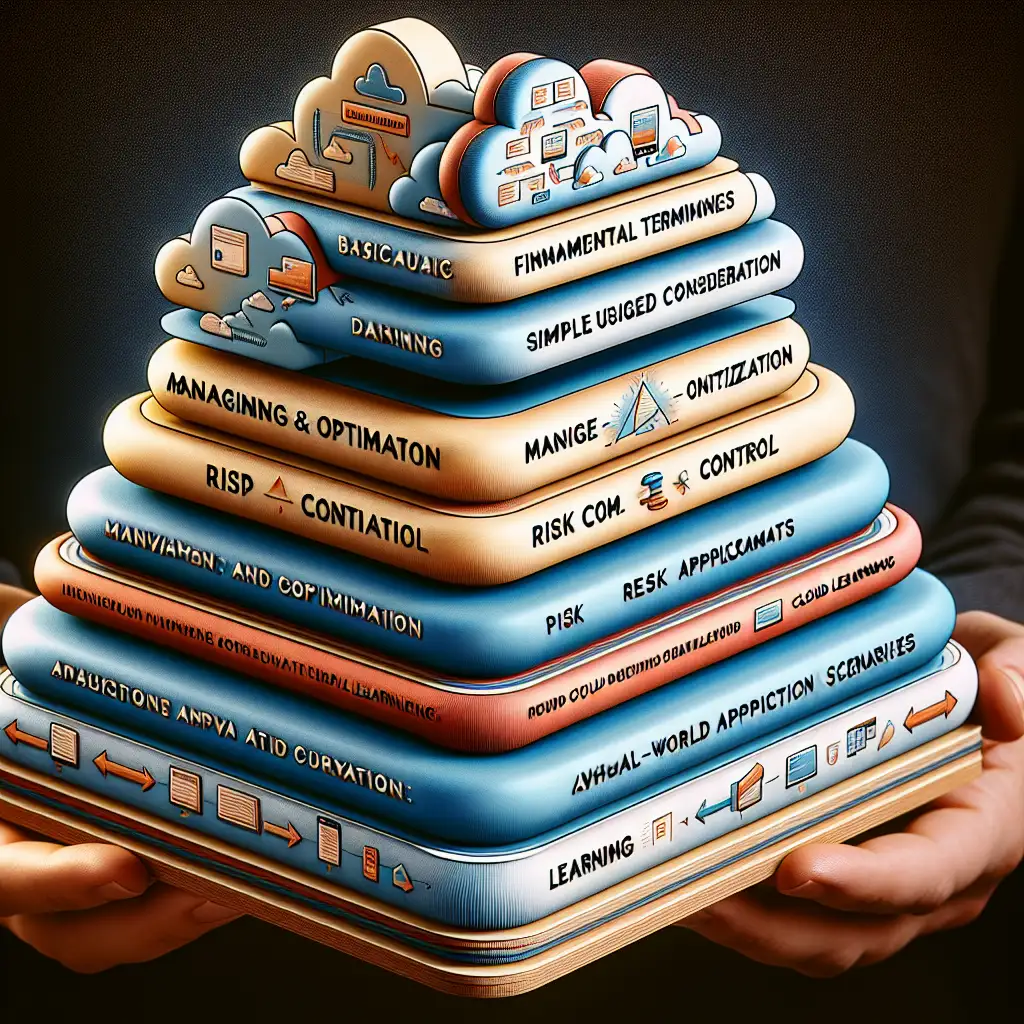Mastering Cloud Learning: From Fundamentals to Real-World Application
Forget chasing every new cloud certification. Instead, build a learning path focused on mastering core cloud principles through hands-on projects that mirror real enterprise challenges.
In today’s rapidly evolving IT landscape, understanding cloud technologies isn’t just a nice-to-have—it’s essential. With more businesses shifting their workloads to cloud platforms like AWS, Azure, and Google Cloud, IT professionals must stay relevant by learning not only theory but also practical skills that directly impact real-world environments.
In this post, I’ll walk you through a structured approach to learning cloud computing that goes beyond certifications and checklists. The goal? Develop deep comprehension and hands-on expertise that enable you to solve authentic enterprise problems confidently.
Why a Structured Cloud Learning Path Matters
Cloud computing spans a vast ecosystem of services, tools, and best practices. Without a clear roadmap, it’s easy to get overwhelmed by endless courses, confusing documentation, or flashy but shallow tutorials.
A structured approach focuses on:
- Fundamentals First: Grasp core concepts like virtualization, networking, storage, and security before diving into provider-specific tools.
- Hands-On Practice: Build actual projects rather than running through labs or simulations alone.
- Incremental Complexity: Start small, iterate, and progressively tackle more challenging scenarios.
- Real-World Context: Work on projects that solve problems typical of organizations migrating to or optimizing cloud infrastructure.
Step 1: Build a Solid Foundation
Learn Core Concepts
Before logging into a cloud console, invest time to understand essential cloud computing principles:
- Cloud Service Models: IaaS, PaaS, SaaS — what they mean and when to use each.
- Deployment Models: Public, private, hybrid clouds.
- Virtualization: How VMs and containers abstract physical hardware.
- Networking Basics: IP addressing, DNS, VPNs, load balancing.
- Storage Types & Patterns: Object storage vs block storage, cold vs hot data.
- Security Principles: Identity and access management (IAM), encryption, compliance.
Resources: Courses like the AWS Cloud Practitioner Essentials or Microsoft Azure Fundamentals are great for building this base.
Step 2: Choose a Primary Cloud Provider
While the cloud landscape includes many vendors, mastering one platform deeply will deliver the most value. AWS, Azure, and GCP dominate the market, so pick one aligned with your career goals or your organization’s platform.
Example: If your company runs mostly on Microsoft products, Azure makes sense. If you want broader marketability, AWS is still a strong choice.
Step 3: Set Up a Personal Sandbox Environment
Create your own cloud account with the provider you picked. Most have free tiers or trial credits ideal for experimentation.
Key Tip: Always monitor your usage and set budgets to avoid surprise charges.
Step 4: Build Hands-On Projects
Avoid tutorials that only walk you through console clicks. Instead, create projects with clear objectives, documented requirements, and outcomes.
Here are some project ideas to get you started:
Project 1: Deploy a Static Website Using Object Storage
- Host a simple HTML/CSS website on AWS S3 or Azure Blob Storage.
- Enable a CDN (CloudFront or Azure CDN) to serve static assets quickly.
- Configure DNS using Route 53 or Azure DNS.
Why it helps: You learn storage, distribution, DNS, and even cost considerations.
Project 2: Build a Scalable Web Application with Serverless Functions
- Create a serverless backend with AWS Lambda or Azure Functions.
- Use API Gateway to expose your functions as REST endpoints.
- Store data using DynamoDB or Cosmos DB.
Learning outcomes: Event-driven architectures, function orchestration, NoSQL databases.
Project 3: Implement Infrastructure as Code (IaC)
- Use Terraform or CloudFormation to provision the entire app stack.
- Version control your code in GitHub.
- Practice deploying changes safely and rolling back if needed.
Real-world relevance: Automating infrastructure is a must-have skill in cloud operations.
Project 4: Secure Your Cloud Environment
- Set up IAM roles and policies with least privilege principle.
- Enable encryption at rest and in transit.
- Configure virtual private clouds (VPCs) with subnets, NAT gateways, and security groups.
Why: Security is a top concern in cloud adoption; proactive skills here pay dividends.
Step 5: Learn Monitoring and Optimization
Once your projects are running, learn how to monitor performance and costs:
- Use CloudWatch, Azure Monitor, or Stackdriver to set alerts.
- Analyze usage trends and identify bottlenecks.
- Experiment with autoscaling policies to balance cost-efficiency and availability.
Step 6: Engage with the Cloud Community
Join forums like Stack Overflow, Reddit cloud channels, or vendor-specific community groups. Share your projects, ask questions, and learn from challenges others encounter.
Step 7: Apply Your Skills to Real Enterprise Problems
As you grow confident, try to replicate or contribute to environments that reflect your workplace scenarios:
- Move on-premises applications to the cloud.
- Build hybrid connectivity via VPN or Direct Connect.
- Optimize multi-cloud strategies if applicable.
Final Thoughts
Mastering cloud learning is a marathon, not a sprint. By focusing on fundamentals, building real projects, and applying best practices rooted in enterprise challenges, you'll develop skills that truly matter.
Forget chasing certificates just to add lines to a resume. Instead, become the cloud practitioner who understands why, when, and how to use cloud technologies effectively — that’s the kind of expertise that drives innovation and keeps your career future-proof.
Ready to start your cloud journey? Pick a provider, set up your sandbox, and build your first project today. Feel free to share your experiences or ask questions in the comments below!
